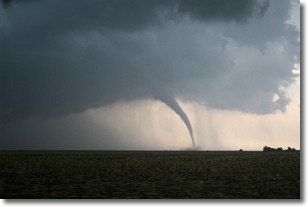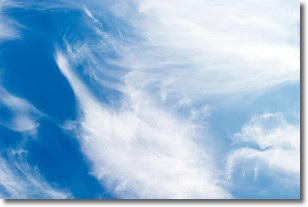Weather Alert in Iowa
Flood Watch issued July 11 at 8:59PM CDT until July 15 at 2:09AM CDT by NWS Quad Cities IA IL
AREAS AFFECTED: Keokuk
DESCRIPTION: ...The National Weather Service in Quad Cities IA IL has issued a Flood Watch for the following rivers in Iowa... North Skunk River near Sigourney affecting Keokuk County. * WHAT...Flooding is possible. * WHERE...North Skunk River near Sigourney. * WHEN...From late Saturday night to early Tuesday morning. * IMPACTS...At 18.0 feet, Water affects most agricultural land near Sigourney. * ADDITIONAL DETAILS... - At 8:30 PM CDT Friday the stage was 3.0 feet. - Forecast...Flood stage may be reached early Sunday morning. - Flood stage is 16.0 feet.
INSTRUCTION: If you are in the watch area, remain alert to possible flooding. The next statement will be issued by Saturday evening at 900 PM CDT.
Want more detail? Get the Complete 7 Day and Night Detailed Forecast!
Current U.S. National Radar--Current
The Current National Weather Radar is shown below with a UTC Time (subtract 5 hours from UTC to get Eastern Time).

National Weather Forecast--Current
The Current National Weather Forecast and National Weather Map are shown below.

National Weather Forecast for Tomorrow
Tomorrow National Weather Forecast and Tomorrow National Weather Map are show below.

North America Water Vapor (Moisture)
This map shows recent moisture content over North America. Bright and colored areas show high moisture (ie, clouds); brown indicates very little moisture present; black indicates no moisture.

Weather Topic: What are Wall Clouds?
Home - Education - Cloud Types - Wall Clouds
 Next Topic: Altocumulus Clouds
Next Topic: Altocumulus Clouds
A wall cloud forms underneath the base of a cumulonimbus cloud,
and can be a hotbed for deadly tornadoes.
Wall clouds are formed by air flowing into the cumulonimbus clouds, which can
result in the wall cloud descending from the base of the cumulonimbus cloud, or
rising fractus clouds which join to the base of the storm cloud as the wall cloud
takes shape.
Wall clouds can be very large, and in the Northern Hemisphere they generally
form at the southern edge of cumulonimbus clouds.
Next Topic: Altocumulus Clouds
Weather Topic: What are Altostratus Clouds?
Home - Education - Cloud Types - Altostratus Clouds
 Next Topic: Cirrocumulus Clouds
Next Topic: Cirrocumulus Clouds
Altostratus clouds form at mid to high-level altitudes
(between 2 and 7 km) and are created by a warm, stable air mass which causes
water vapor
to condense as it rise through the atmosphere. Usually altostratus clouds are
featureless sheets characterized by a uniform color.
In some cases, wind punching through the cloud formation may give it a waved
appearance, called altostratus undulatus. Altostratus clouds
are commonly seen with other cloud formations accompanying them.
Next Topic: Cirrocumulus Clouds
Current conditions powered by WeatherAPI.com




